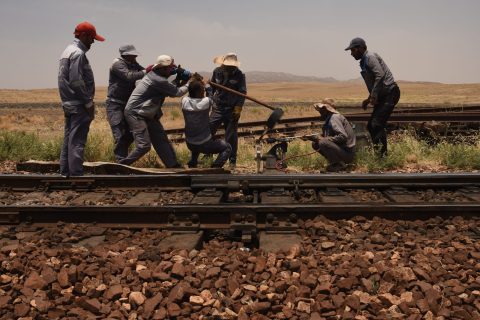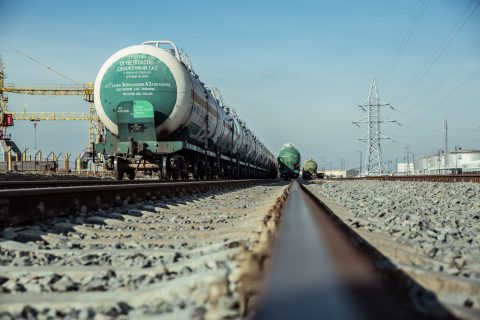UTLC celebrates 1000th train on New Silk Road in Kaliningrad

The United Transport and Logistics Company Eurasian Railway Alliance JSC (UTLC) welcomed the 1000th train on its transit corridor between China and Europe this month. The train originated from Chongqing in China and headed for Duisburg in Germany. It entered Europe through the border crossing of Kaliningrad, an earmark transit route of UTLC.
To be precise, the train arrived at the Dzerzhinsky-New station of Kaliningrad railway on 23 June. Here, the cargo is loaded onto the European gauge railway network, to continue on its route to western Europe. UTLC comprises of national railway companies SC Russian Railways, the National Union Belarusian Railway and Kazakhstan Temir Zholy. As an operator, the company is responsible for regular container trains between China and Europe.
Kaliningrad route
According to the UTLC president Alexey Grom, the 1000th train is an indicator characterising the growth of traffic volumes in both directions. The 100th train was counted in Dostyk in 2016 and two years later the total number of trains reached 1000, he pointed out. “It is incredibly pleasant to see the concrete result of joint activities and build even more ambitious plans for the future”, he said.
The transit through the Russian enclave of Kaliningrad is relatively new. The route avoids the busy border crossing between Poland and Belarus at Brest. Kaliningrad lies between Poland and Lithuania, and re-routes the freight train on a 9,559 kilometre journey through Lithuania to continue on the Trans-Siberian railway through Belarus, Russia, and Kazakhstan, or the other way around. UTLC is committed to increasing the scope of the route in 2018.
Traffic volumes
Overall traffic volumes handled by UTLC on the New Silk Road amounted to 40,300 TEUs in the first three months of this year, accounting for a thirty per cent year-on-year increase. Westbound rail freight traffic represents the majority of these volumes, with 24,100 TEUs handled. Cargo volumes moved from Europe to China accounted for 16,000 TEUs.
Although westbound traffic is traditionally more than cargo moving in the opposite direction, this year saw a striking increase of 43 per cent in eastbound rail freight so far, while westbound traffic surged with 27 per cent, UTLC reported.
You just read one of our premium articles free of charge
Want full access? Take advantage of our exclusive offer





